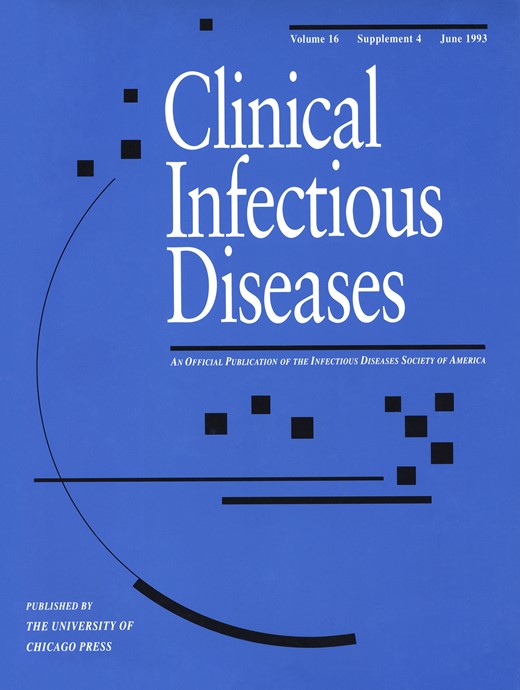-
Views
-
Cite
Cite
Sharon L. Hillier, Marijane A. Krohn, Lorna K. Rabe, Seymour J. Klebanoff, David A. Eschenbach, The Normal Vaginal Flora, H2O2-Producing Lactobacilli, and Bacterial Vaginosis in Pregnant Women, Clinical Infectious Diseases, Volume 16, Issue Supplement_4, June 1993, Pages S273–S281, https://doi.org/10.1093/clinids/16.Supplement_4.S273
Close - Share Icon Share
Abstract
In this study of the vaginal flora of 171 pregnant women in labor at term, the flora was categorized as normal (Lactobacillus predominant), intermediate, or representative of bacterial vaginosis (BV) on the basis of a vaginal smear. BV was diagnosed in 39 women (23%); the vaginal flora was classified as normal in 50% of cases and as intermediate in 27%. H2O2-producing lactobacilli were recovered from 5% of women with BV, 37% of those with an intermediate flora, and 61% of those with a normal flora. H2O2-negative lactobacilli were equally frequent (57%–65%) in all three groups. The microorganisms most frequently recovered from women with BV included Gardnerella vaginalis, Prevotella bivia/disiens, Bacteroides ureolyticus, Prevotella corporis/Bacteroides levii, Fusobacterium nucleatum, Mobiluncus species, Peptostreptococcus prevotii, Peptostreptococcus tetradius, Peptostreptococcus anaerobius, viridans streptococci, Urea-plasma urealyticum, and Mycoplasma hominis (P < .05 for each). The presence of all but three of these organisms was inversely related to vaginal colonization by H2O2-producing lactobacilli; the exceptions were B. ureolyticus, F. nucleatum, and P. prevotii. Other microorganisms were equally frequent among women with and without BV. We conclude that specific groups of anaerobes are associated with BV in this population and that a strong association exists between species associated with BV and those inhibited by H2O2-producing lactobacilli.







Comments